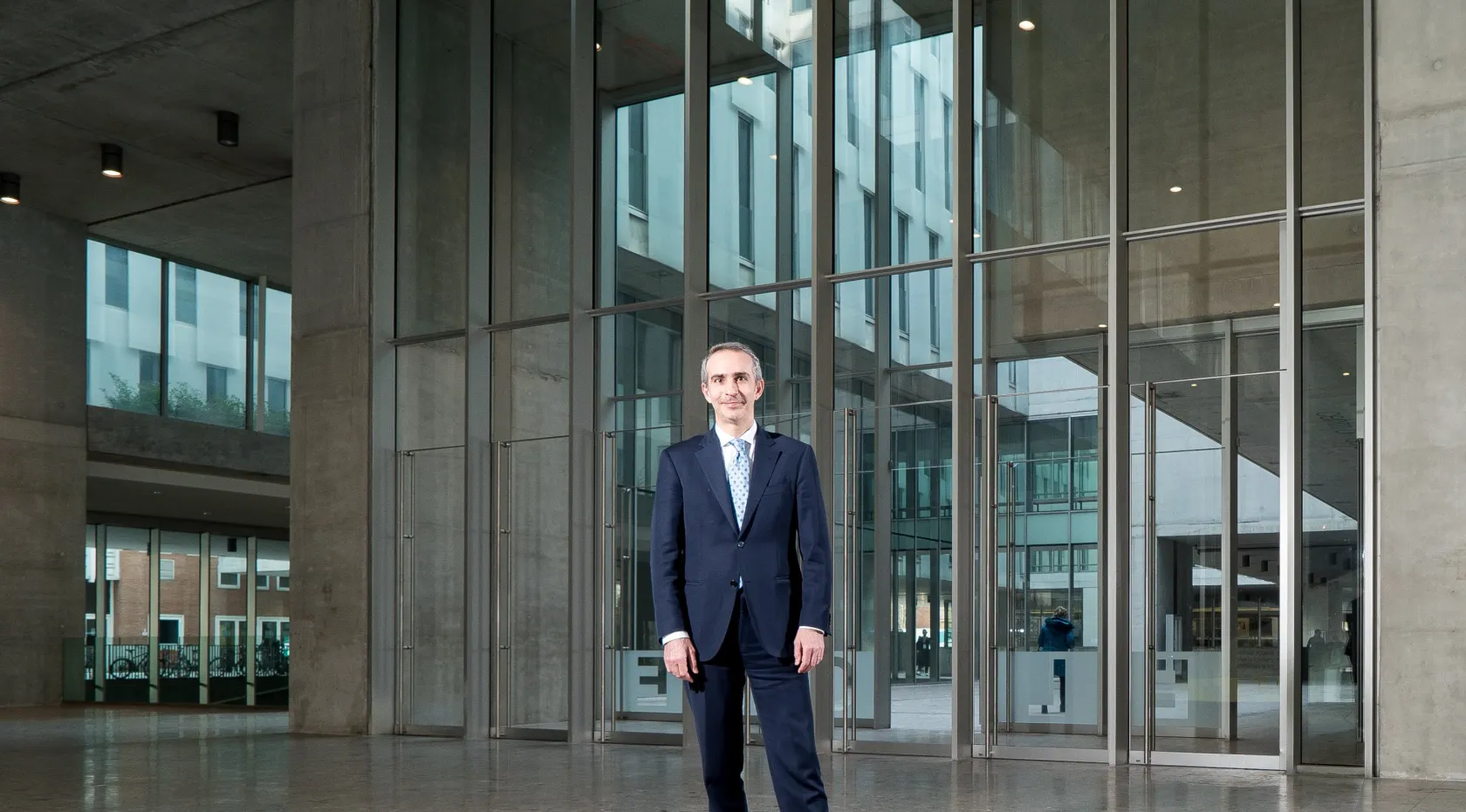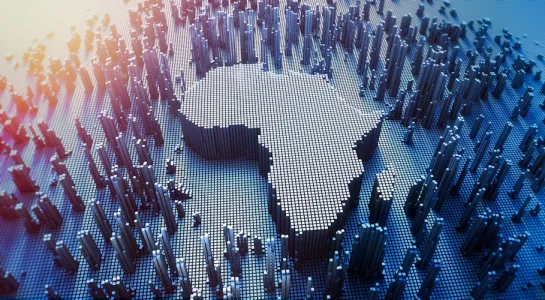
Green African Revolution
According to the recent World Energy Outlook of the International Energy Agency, to achieve climate objectives and cut emissions in line with the 1.5 °C target, it will be necessary to achieve the following objectives by 2030: triple production capacity of renewable energy, double the pace of energy efficiency improvements to 4% per year, increase electrification and reduce methane emissions from fossil fuel operations by 75%.
The road to "net zero" involves, to varying degrees, all regions of the world. The African continent is no exception, where the energy transition can offer two significant opportunities. The first is that of investments in energy infrastructure.
Despite hosting 20% of the world's population, in fact, Africa currently receives only 3% of the world's energy investments. Furthermore, over the past decade the African continent has received only 2% of global investment in renewable energy. Indeed, despite having 60% of the best solar resources in the world, Africa has installed only 1% of global solar photovoltaics. Such a differential does not derive so much from the higher cost of renewable technologies but from the perceived risk of investing in Africa, which has inevitably held back private investors in recent years. In fact, the cost of capital for energy projects in Africa is at least two to three times higher than for those in advanced economies or China.
This is why, according to the International Energy Agency (IEA), investments in energy infrastructure in Africa will have to double to over $200 billion dollars per year by 2030, so as to allow the various countries to achieve some of the development objectives for sustainable energy defined by the United Nations Sustainable Development Goals (SDGs) starting with SDG 7, which intends to ensure access to affordable, reliable, sustainable and modern energy systems for all. According to the RES4Africa Foundation, however, the transition to green energy in Africa will require a structured approach, which includes innovative risk reduction strategies, public-private partnerships, improvements in the regulatory framework and international collaborations.
The second great (theoretical) opportunity is the export of green energy and those raw materials essential for producing green technologies. In the first case we are talking about exporting to Europe not so much the electricity produced by renewable sources in Africa (after the failure of large-scale projects such as Desertec) but rather about exporting green molecules to other regions (not just Europe), i.e. say biogas and hydrogen or ammonia produced via renewable energy. For example, in the last year Egypt has signed several agreements with international entities to attract foreign investments in green hydrogen and become a hub for the production of hydrogen itself, whose global market could be worth almost 100 billion by 2030, with a growth of over 50% per year. Egypt itself recently completed the world's first international shipment of green ammonia. Other green hydrogen projects are underway in Mauritania, Morocco, Namibia and South Africa. The latter has ambitious plans on green hydrogen thanks to the presence of three factors: abundance of sun and wind, consolidated and international experience in the production and sale of hydrogen, and access to the minerals - such as the very scarce iridium - necessary for make the electrolyzers used to split water into hydrogen and oxygen. In fact, 87% of the world's iridium is mined in South Africa.
Access to minerals such as iridium reminds us of the second export opportunity for Africa. Indeed, the African continent is already a major player in the extraction of raw materials necessary for the production of green technologies and hosts over 40% of the global reserves of cobalt, manganese and platinum, i.e. the key metals for high-energy batteries and hydrogen fuel cells. Together with South Africa, the Democratic Republic of Congo and Mozambique currently control significant shares of global production although several African countries may have undiscovered deposits.
Recent history has clearly shown availability of natural resources, including fossil fuels, has not turned into a significant economic and social benefit for the majority of the African population. The hope is that this time the energy transition, based on the adoption of clean technologies, can contribute significantly and positively to the economic and sustainable growth of the African continent.
